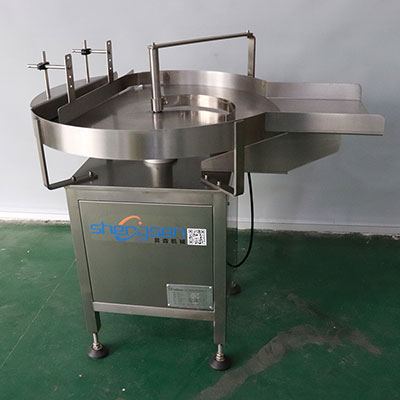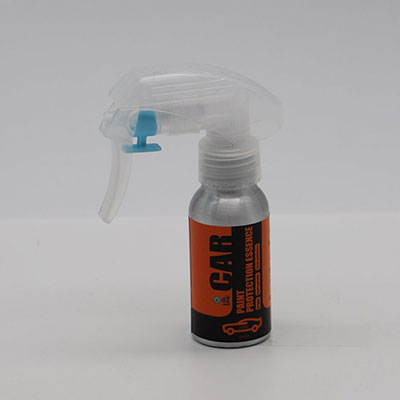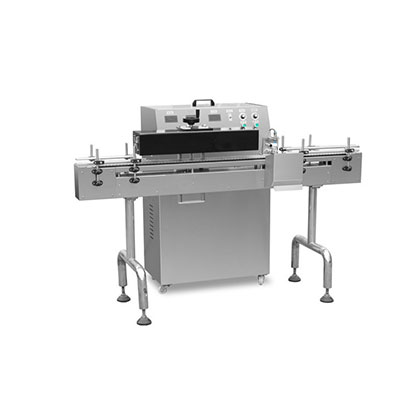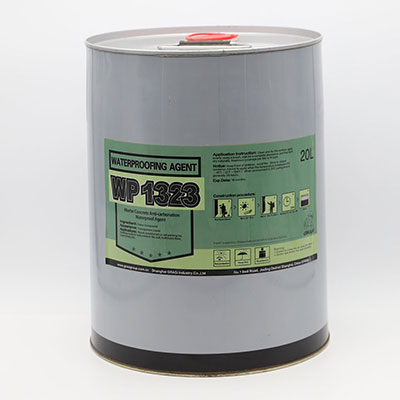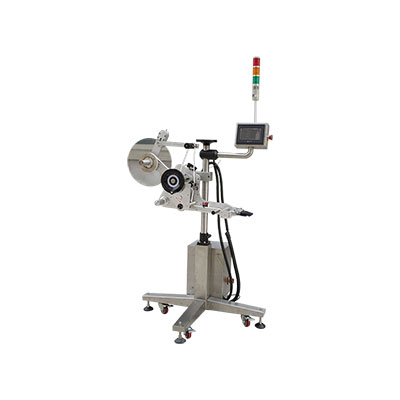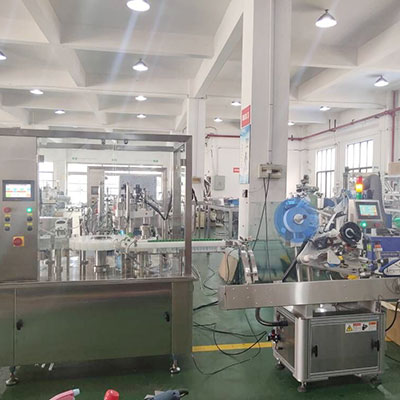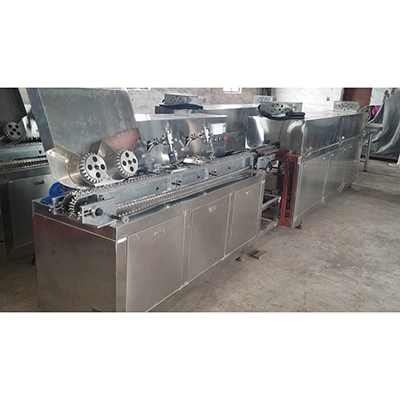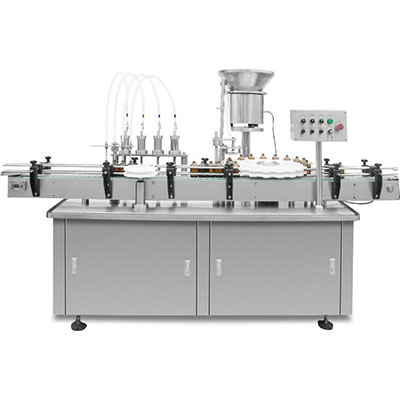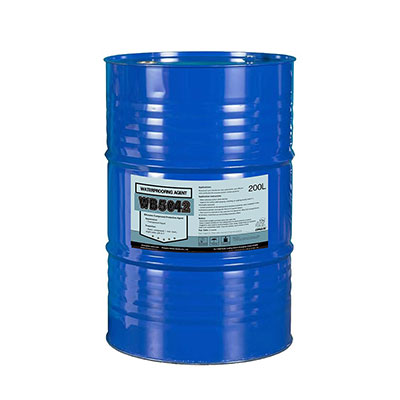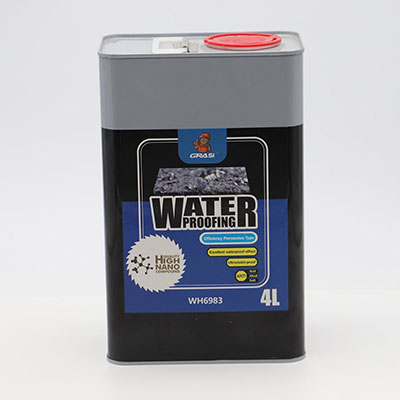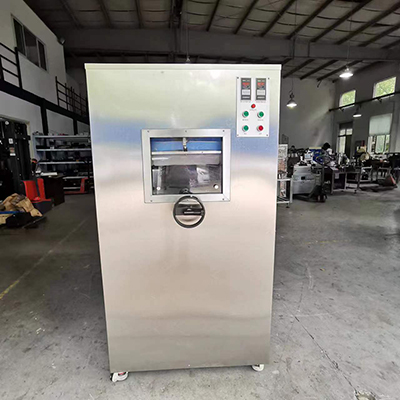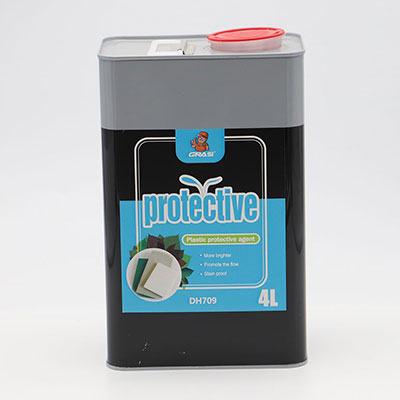District Heater
It is wise to invest in a district heater when there is a thermal power plant near the residential district. The heater is an important connection between the power station and district heating system. Its purpose is to use the exhaust steam extracted from a turbine of the electricity generation system to heat water that later will be delivered to your home for heating use.
JPVF builds its district heater as the shell and tube heat exchanger, or the condensing heat exchanger. To reduce thermal stress impacting on the joint between the shell and the water box (another name for shell head, header, or bonnet), we use expansion joints to connect the two parts together. This design not only allows the water box to have enough space for inlet steam to flow through, but it also eliminates the thermal expansion problems.
In addition, a distributor plate (or impingement plate) is fitted between the steam inlet nozzle and the tubes. It serves to slow down the steam as well as distributes it evenly into a number of tubes when a large volume of steam floods into the exchanger. This reduces the impact of high rate steam on the tube bundle, extending its use life.
Features
1. Measures have been taken to reduce baffle spacing, which in turn lessens the harmful tube vibration.
2. The district heater tubes are inserted through the holes in the tubesheet, expanded into grooves cut into the holes, and held in place by welding. This is to eliminate the gap between the tube and hole, which in turn protects against corrosion.
3. Once entering the exchanger, hot steam condenses on the outer surface of tubes thereby forming a layer of water film surrounding the tubes. To reduce the amount of water that retains on the tube surface, multiple-segmental baffles are used.
4. A condensate well is used to collect condensates, maintain their low temperature, and prevent steam from entering the condensate pipe which might lead to pump cavitation.
5. Relief valves are also added to the district heater shell to ensure safe use.
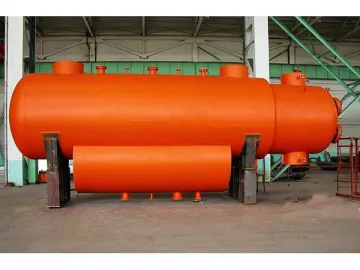
Links:https://www.globefindpro.com/products/75994.html
-
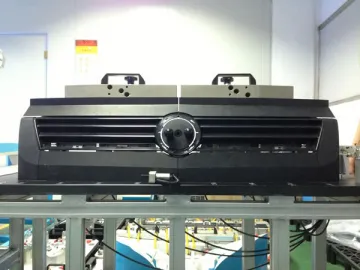 Automotive Mold
Automotive Mold
-
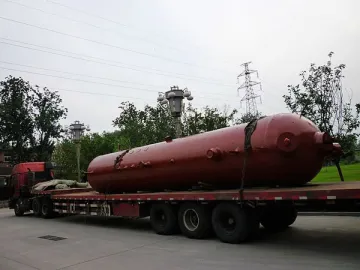 High Pressure Feedwater Heater
High Pressure Feedwater Heater
-
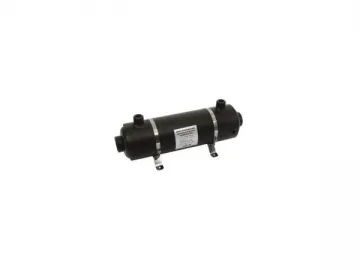 Shell and Tube Heat Exchanger
Shell and Tube Heat Exchanger
-
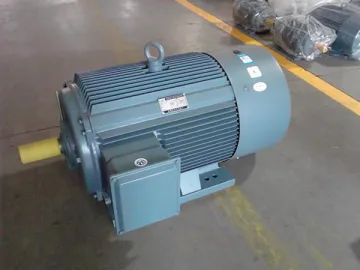 YX3 Series Three Phase Induction Motor
YX3 Series Three Phase Induction Motor
-
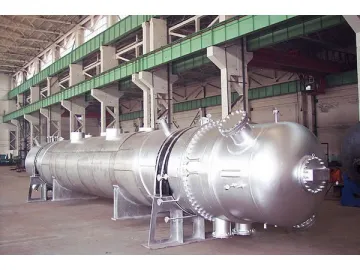 Low Pressure Feedwater Heater
Low Pressure Feedwater Heater
-
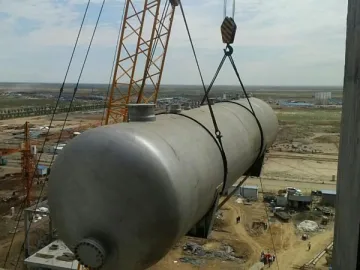 Deaerator for Air Cooling Unit
Deaerator for Air Cooling Unit
-
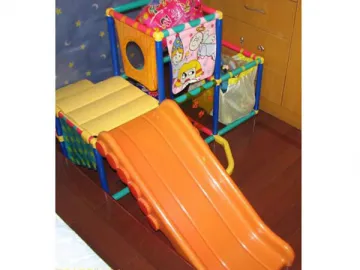 Large Plastic Injection Mold Samples
Large Plastic Injection Mold Samples
-
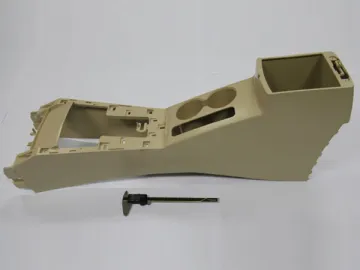 Injection Molded Auto Parts
Injection Molded Auto Parts
-
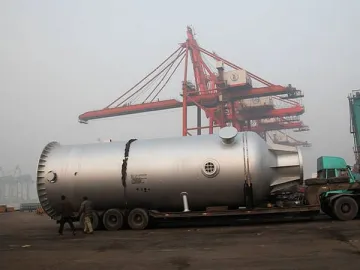 Boiler Flash Tank
Boiler Flash Tank
-
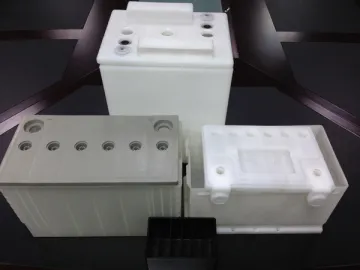 Custom Plastic Injection Molds
Custom Plastic Injection Molds
-
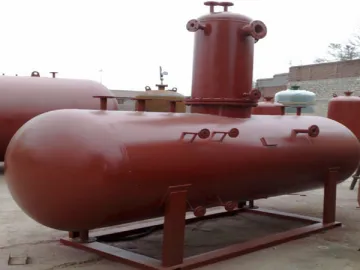 Thermal Deaerator
Thermal Deaerator
-
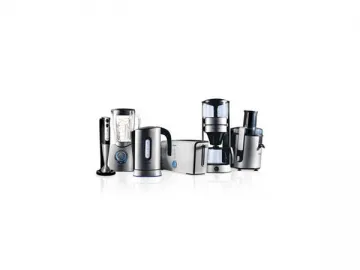 Home Appliance Mold
Home Appliance Mold
